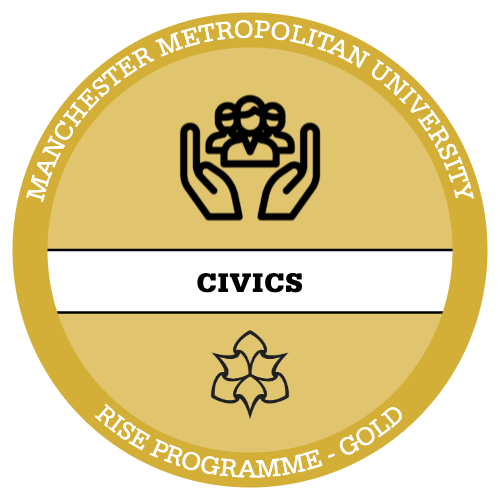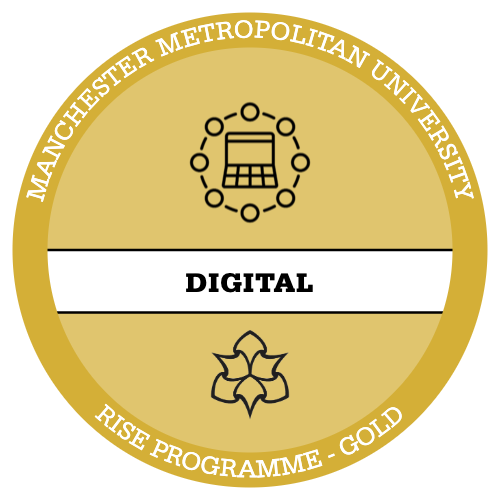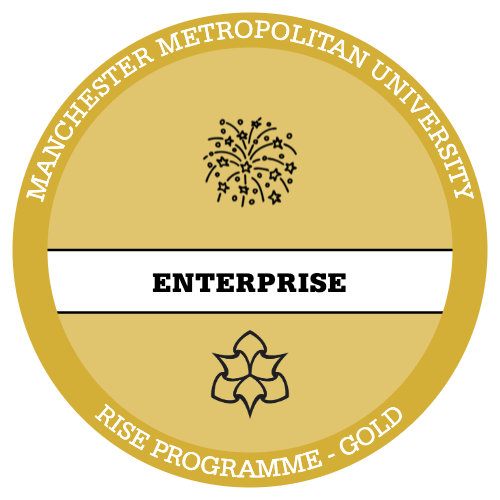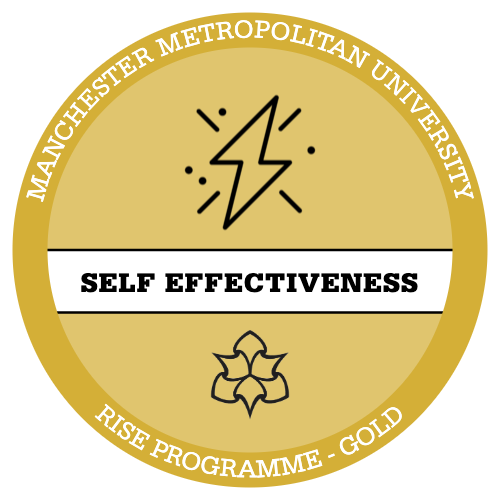An important aspect of the research process is to evaluate the information you have found. This includes questioning accuracy and currency as well as who wrote it and why. The library’s evaluating sources of information guide will tell you more. Evaluating content found when you search using generative AI tools can be more challenging.

Important!:
You should always evaluate the content generated by Copilot for accuracy and appropriateness.
Errors and Hallucinations in AI-generated Text and Images
Generative AI can generate text and images based on patterns that it has learned from a vast amount of training data. It is good at providing general overviews or summaries of text. However, it is not reliable as a source of information. As mentioned earlier, when AI generates false or incorrect information it is known as a hallucination. This can be due to bias, errors or a lack of information in the data it was trained on. Whilst Generative AI can be a useful tool, it’s important that you evaluate and verify the information that you find.
Below are some examples of when AI has made things up or got them wrong:
- Incorrect information: At its launch event, Google Bard wrongly claimed that the James Webb Space Telescope took the first ever picture of an exoplanet. The mistake wiped $100 billion off the value of the company (Vincent, 2023)(opens in a new tab).
- Bias: When an Asian student at MIT asked AI to make her Linked In profile photo look ‘more professional’, it made her appear whiter instead (Bhaimiya, 2023)(opens in a new tab).

Apply Your Thinking:
Complete the tutorial.
Learn more on how to critically evaluate information by completing this tutorial: Evaluating sources of information | Manchester Metropolitan University (mmu.ac.uk).

See Also: Learn more about Verifying Information
- Media and Misinformation RISE course
- AI Or Not? How To Detect If An Image Is AI-Generated
- Evaluating ChatGPT-Generated Content
- ChatGPT is making up fake Guardian articles
- How AI-generated text is poisoning the internet
- Top AI conference bans use of ChatGPT and AI language tools to write academic papers
- Lawyer Used ChatGPT In Court—And Cited Fake Cases
- An AI Is Inventing Fake Quotes by Real People and Publishing Them Online






